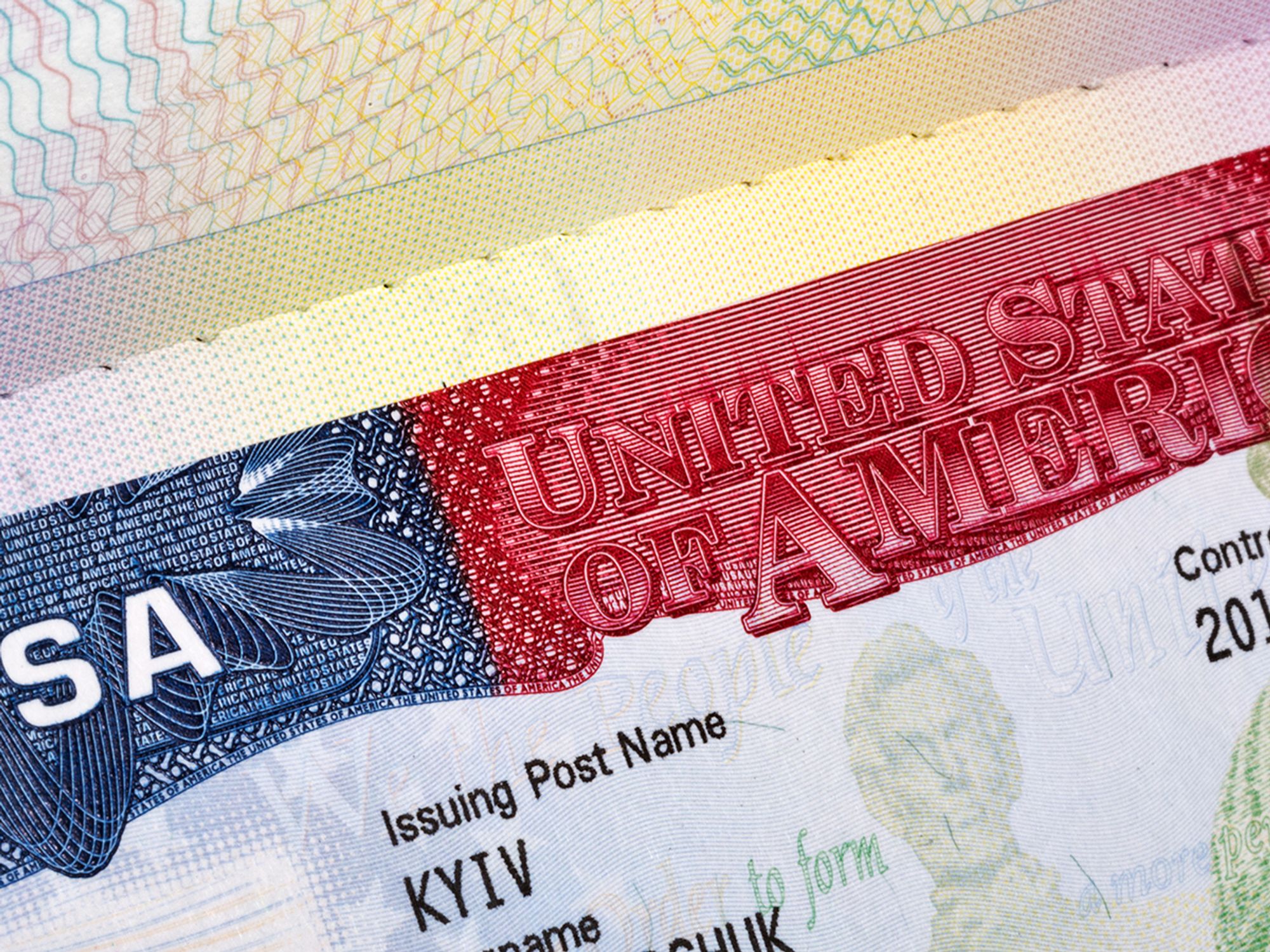
Be Part of the Ultimate Safety & Compliance Community
Trending news, knowledge-building content, and more – all personalized to you!
:
|

Generally, a citizen of a foreign country who seeks to enter the U.S. must first obtain a U.S. visa, which is placed in the individual’s passport (a travel document issued by the traveler’s country of citizenship).
Having a U.S. visa allows an individual to travel to a port of entry, airport, or land border crossing and request permission of the Department of Homeland Security (DHS) Customs and Border Protection (CBP) inspector to enter the U.S. While having a visa does not guarantee entry to the U.S., it does indicate that a consular officer at a U.S. embassy or consulate abroad has determined that the person is eligible to seek entry for that specific purpose. DHS/CBP inspectors, guardians of the nation’s borders, are responsible for admission of travelers to the U.S. for a specified status and period of time. DHS also has responsibility for immigration matters while an individual with a visa is present in the U.S.
Visas and the Form I-9
From time to time, employers may require the services of a foreign national for the company or business. If the individual is already a permanent resident (green card holder), the employer may hire that individual, but it must comply with the employment verification requirements.
If the foreign national/noncitizen is not already a permanent resident, the employer will need to file a petition so that the individual may obtain the appropriate immigrant or nonimmigrant classification. The employer may choose to file an immigrant petition (permanent) or a nonimmigrant petition (temporary) on behalf of that employee.
Employers must verify that an individual whom they plan to employ or continue to employ in the U.S. is authorized to accept employment in the U.S. To do so, employers must be diligent about completing the Form I-9 properly for each employee hired to work in the U.S. This may also entail the use of the E-Verify system if required by law or if the employer voluntarily participates in the service.
Nonimmigrant vs. Immigrant visas
The type of visa for which an individual applies will depend on many factors, including the person’s intended duration of stay and purpose for visiting the U.S. Obtaining a visa can take time, so individuals who plan to come to the U.S. as temporary visitors should plan to apply for a visa as early as possible.
Individuals who are citizens of other countries who want to visit the U.S. temporarily will need to apply for a nonimmigrant visa. There are a number of visas available under the nonimmigrant classification, a few of which allow visa holders to engage in temporary work.
Types of nonimmigrant visas include:
Individuals who intend to stay in the U.S. on a permanent basis can apply for an immigrant visa to establish permanent residence in the U.S. through:

Generally, a citizen of a foreign country who seeks to enter the U.S. must first obtain a U.S. visa, which is placed in the individual’s passport (a travel document issued by the traveler’s country of citizenship).
Having a U.S. visa allows an individual to travel to a port of entry, airport, or land border crossing and request permission of the Department of Homeland Security (DHS) Customs and Border Protection (CBP) inspector to enter the U.S. While having a visa does not guarantee entry to the U.S., it does indicate that a consular officer at a U.S. embassy or consulate abroad has determined that the person is eligible to seek entry for that specific purpose. DHS/CBP inspectors, guardians of the nation’s borders, are responsible for admission of travelers to the U.S. for a specified status and period of time. DHS also has responsibility for immigration matters while an individual with a visa is present in the U.S.
Visas and the Form I-9
From time to time, employers may require the services of a foreign national for the company or business. If the individual is already a permanent resident (green card holder), the employer may hire that individual, but it must comply with the employment verification requirements.
If the foreign national/noncitizen is not already a permanent resident, the employer will need to file a petition so that the individual may obtain the appropriate immigrant or nonimmigrant classification. The employer may choose to file an immigrant petition (permanent) or a nonimmigrant petition (temporary) on behalf of that employee.
Employers must verify that an individual whom they plan to employ or continue to employ in the U.S. is authorized to accept employment in the U.S. To do so, employers must be diligent about completing the Form I-9 properly for each employee hired to work in the U.S. This may also entail the use of the E-Verify system if required by law or if the employer voluntarily participates in the service.
Nonimmigrant vs. Immigrant visas
The type of visa for which an individual applies will depend on many factors, including the person’s intended duration of stay and purpose for visiting the U.S. Obtaining a visa can take time, so individuals who plan to come to the U.S. as temporary visitors should plan to apply for a visa as early as possible.
Individuals who are citizens of other countries who want to visit the U.S. temporarily will need to apply for a nonimmigrant visa. There are a number of visas available under the nonimmigrant classification, a few of which allow visa holders to engage in temporary work.
Types of nonimmigrant visas include:
Individuals who intend to stay in the U.S. on a permanent basis can apply for an immigrant visa to establish permanent residence in the U.S. through: